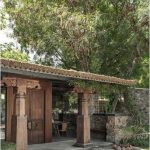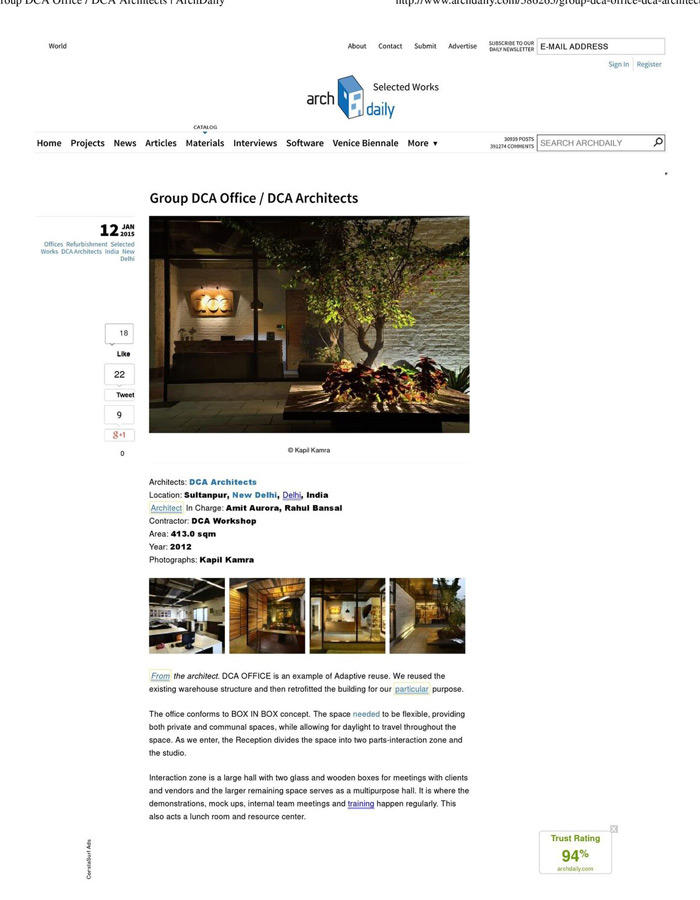Adaptive Reuse as Architectural Stewardship
by groupdca June 25, 2025Adaptive Reuse as Architectural Stewardship
As architecture reckons with the urgencies of climate, memory, and meaning, adaptive reuse stands out as a sustainable alternative and as a profound act of cultural and spatial continuity. It’s not about preservation for its own sake, nor nostalgia, but about reframing the existing. Acknowledging the embedded intelligence of what came before, adaptive reuse resists erasure. It envisions building with what already is—walls that have weathered decades, materials etched with history, and structures still brimming with potential. These constraints unlock a deeper form of creativity. This approach values patience, precision, and care. At its best, adaptive reuse becomes a form of architectural stewardship: intelligent, enduring, and rooted in craft.
Strategic Responses to Existing Contexts
Often, the most meaningful transformations are not sweeping overhauls but strategic and measured spatial interventions—ones that respect the spirit of a place while making it more responsive to present needs. Adaptive reuse is rooted in restraint and clarity—a careful reading of what to retain, what to realign, and where to insert new energy. The House of Continuity in Gurugram adopted this approach. An old family home that had drifted from the needs of its inhabitants, it wasn’t razed or radically altered. Instead, the design focused on recalibrating what was already there—clarifying movement, reorienting spaces, and introducing moments of openness. A new vertical core beneath a skylight ties the home together, while a sunken courtyard transforms the basement into a luminous, breathable zone—quietly reaffirming how continuity and transformation can coexist within the same architectural frame.
Rework Materials to Retain the Past
With adaptive reuse comes a responsibility to ensure that in trying to make something new, we retain what made the original meaningful. Often, materials help walk that line. They become a way to hold on to memory—offering hints of history, traces of use, and a sense of place.
At groupDCA studio, this idea plays out in subtle, deliberate ways. The space carries something forward—part office, part archive, part reflection of the people who built it. Ornately carved wooden columns sourced from a demolished Mangalore house support the principal’s cabin roof at the entrance, emulating a traditional verandah. Additionally, the centre table in a room is composed of a combination of doors from various Mangalore homes with diverse patinas, resulting in an object rich in texture and colour.
Nothing here is added just for effect. Everything serves a purpose and carries a story. This intentional, tactile, and personal reuse makes the studio feel rooted.
Time to Adapt to a Circular Mindset for a Lasting Impact
Adaptive reuse is, in many ways, a shift in mindset. It resists the compulsion to start afresh and instead engages with what is already embedded in the site—spatial memory, material intelligence, and cultural value. It demands design restraint, technical rigour, and a deep contextual understanding—qualities often more challenging than building from scratch.
As we reflect on themes of ecological responsibility this month, as we mark World Environment Day, adaptive reuse offers a path forward that is both ecologically and culturally resilient. It reminds us that architecture is not only about creating new icons but about working with care—sometimes silently, often incrementally—to renew what already exists. In doing so, it makes a compelling case: that the most powerful designs today may not be the boldest or the newest but the most attuned—to history, to place, and to the enduring value of thoughtful transformation.








Comments (0)